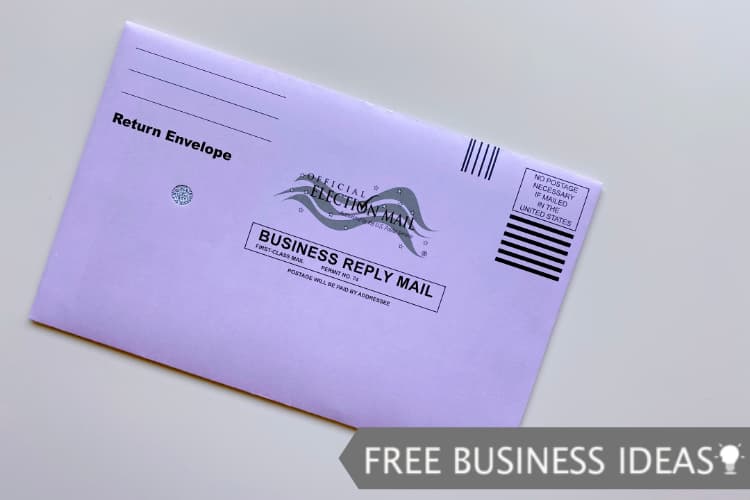Envelopes come in all shapes and sizes. You’ve probably noticed this when you checked your mailbox and sifted through the letters addressed to you: some of them were probably junk mail you tossed in the recycling bin, while others were important letters, bills, credit cards, or other forms of communication. Such envelopes include:
- Catalog windows
- Double windows
- Full view window
- Remittance envelopes
- Invitation envelopes
- Window envelopes
- Booklet windows
- Self-seal envelopes
Looking to send out your first letter? Perhaps your message got lost in the mail and never made it to its recipient. Maybe you need to send out a business letter. Whatever the case, it’s important to be informed on the process of mailing envelopes and different situations you may find yourself in should you choose to send one out. If you’re a member of our society, you will probably have to send out a letter via envelope at some point in your life.
Here’s everything you need to know about mailing envelopes, including details and nuances you most likely weren’t aware of.
Postage Stamps on Envelopes
Postage stamps are small adhesive stickers that are worth a certain amount. Postage stamps are submitted by the post office with the purpose of being used on letters. They are placed on the corner of an envelope to indicate the amount of postage paid to send the said envelope. Your envelope is not valid and will not be sent out and transported to its destination unless it has a postage stamp.
Read:- The 10 Best Sites for Market Research
These stamps are offered for sale in different modes, but the most common ways people tend to purchase postage stamps include:
- Coils
- Sheets
- Booklets
- “Sheetlets” which are sold for kiosk stamps
What are the most common kinds of postage stamps? They include, but are not limited to:
- Forever Stamps: These stamps will always be equal to the value of whatever the First-Class Mail price is. This is also known as One-Ounce Price.
- Semipostal Stamps: Also known as “fundraising stamps” these stamps are congressionally mandated for research. This research centers on causes that are considered to be in the public interest.
- Presorted Stamps: These stamps are tailored towards businesses and require a certain certification to use.
- Additional Ounce Forever Stamps: These stamps are very similar to the Forever Stamp as they retain the rate they are printed on, standing the test of time.
- Non-Denomination Stamps: These stamps do not display their value on them, making them difficult to tell how much they are worth.
- Definitive or Denomination Stamps: The value of these stamps vary and range from 1-cent to Priority Mail Express. You’ll be able to tell the value as the price is printed on the stamp.
Formatting an Envelope
Not sure how to address an envelope? It is highly important that you address your mail correctly; otherwise, it will not be sent to its recipient. Follow the guidelines below to ensure your formatting is precisely how it should be when mailing an envelope.
Read:- Market Survey: Definition, Purpose, Importance, Types
- The return address should be written in the top left corner. This is usually your address or your business address.
- The first line should feature your name, followed by the address number on the second line. The third line should have your city, state, and zip code of your location.
- The recipient’s address should be written in the center of the envelope. The first line should be the company’s name if they are a business or their personal name otherwise. The second line should contain the street address, and the third line should contain the city, state, and ZIP code.
- The postage stamp should be placed on the top right of the envelope before you mail it.
- Lick the seal or use a sticker envelope to close and send it.
Lost Envelopes in the Mail
Chances are, if you’ve sent a letter using priority, certified, registered, insured, and express mail your letter has a unique number assigned to it when you print the label, making it easy to track your mail for free. You can use this tracking number online or go to a postal employee so they can track it. The tracking number works like this: the package is scanned each time it gets sent to a new facility, and the number is updated to reflect its most recent location.
Read:- How to Do a Market Analysis for a Business Plan
There may be instances where your letter gets lost in the mail, especially with first-class mail. The Postal Service handles billions of mail envelopes per year, making this a very real possibility.
